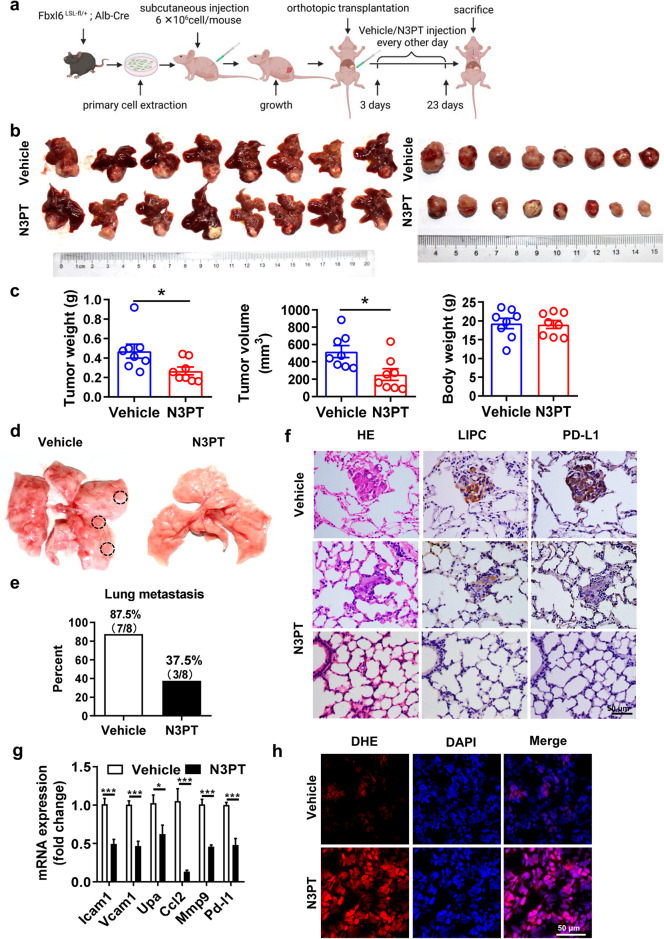Fig. 6. Inhibition of TKT significantly blocks HCC tumorigenesis and lung metastasis triggered by FBXL6 in vivo.
a Schematic diagram showing the established orthotopic HCC model in nude mice and the pharmacological treatment plan. b Photographs of whole livers with orthotopic tumors (left) and isolated tumors (right) from the vehicle (PBS) group (n = 8) and N3PT group (n = 8). c Effects of N3PT on the weight and volume of FBXL6-overexpressing tumors in mice. The tumor volume was calculated using the following equation: tumor volume=3/4×π×a×b2 (where a is the longer diameter of the tumor and b is the shorter diameter of the tumor). The weight of the animals was monitored, and the results were plotted; n = 8. d Representative images showing the effect of N3PT on lung metastasis. e The lung metastasis rate was lower in the N3PT group (37.5%, 3/8) than in the control group (87.5%, 7/8). f Representative H&E and IHC staining images showing the low formation rate of distinct lung metastatic foci expressing the hepatocytic marker lipase C (LIPC) and PD-L1 after N3PT treatment. Scale bar, 50 µm. g The expression of metastasis-related genes (Icam1, Vcam1, Upa, Ccl2, and Mmp9) and Pd-l1 was analyzed by qPCR; n = 6. h The ROS levels in liver tumors of N3PT- and vehicle-treated mice were evaluated by staining with DHE. Scale bar, 50 μm. Two-tailed Student’s unpaired t test was used in (c). Two-way ANOVA with the Bonferroni correction for multiple comparisons was used in (g). *p ≤ 0.05, ***p ≤ 0.001.

